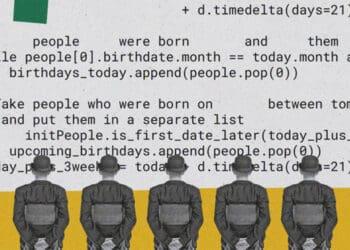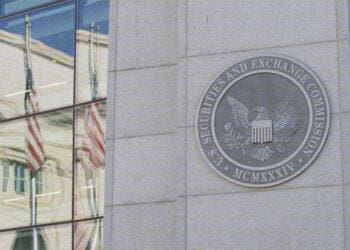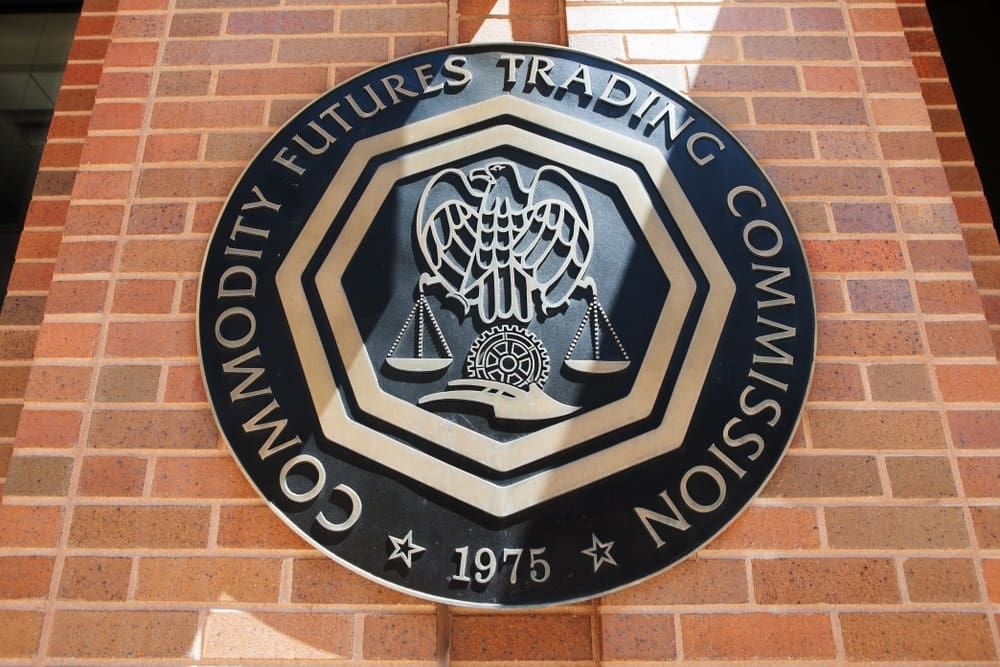The compliance landscape is changing, necessitating changes from the compliance profession as well. A team of experts from CyberSaint discuss what compliance practitioners can expect in the year ahead.
with co-authors Padraic O’Reilly, CyberSaint CPO and Co-Founder and Adam Bryan, Advisor
Regardless of experience or background, 2019 will not be an easy year for information security. In fact, we realize it’s only going to get more complicated. However, what we are excited to see is the awareness that the breaches of 2018 have brought to information security – how more and more senior executives are realizing that information security needs to be treated as a true business function – and 2019 will only see more of that.
Regulatory Landscape
As constituents become more technology literate, we will start to see regulatory bodies ramping up security compliance enforcement for the public and private sectors. Along with the expansion of existing regulations, we will also see new cyber regulations come into fruition. While we may not see U.S. regulations similar to GDPR on a federal level in 2019, these conversations around privacy regulation will only become more notable. What we are seeing already is the expansion of the DFARS mandate to encompass all aspects of the federal government, going beyond the Department of Defense.
Customization of the NIST CSF
One of the more remarkable aspects of the NIST CSF is its broad applicability. It has been praised for its versatility across industries, and we will see the expansion of the CSF into emerging technologies. In 2018, we participated with NIST in drafting an “Informative Reference” for the internet of things. More guidelines for emerging technology are expected to develop and expand. Already, we are seeing the development of standards in the financial and health industries that also draw from the NIST CSF, and we expect that those standards will begin to converge into the specific NIST Profiles per sector.
End of Modular GRC
Legacy GRC products are becoming long in the tooth, and 2019 may be the final year for these module-based platforms as a viable solution. We are beginning to see security leaders at companies of all sizes adopting lighter weight SaaS solutions that communicate risk data across the business in a clear, simple way. Integrated risk management (IRM) platforms – coined by Gartner – that tend to be more agile and flexible will become the norm to augment and enhance existing GRC programs and help newer programs get up to speed on compliance and risk management quickly – aspects which are necessary for today’s ever-shifting business environment.
CEOs are Engaged in Cybersecurity
The breaches that have captivated headlines (most recently with Marriott and going back to Equifax) have caused many CEOs to take greater concern with their security programs. We have seen this year that the integrity of a security program is directly connected to a company’s bottom line. This will be the year CEOs and boards go from reacting to security events to being proactively involved in their security programs.
Increased Demand for Quantitative Risk
With CEOs and boards becoming more involved with their organization’s security program, the need for hard numbers around risk will become even greater. We’ve already seen CISOs becoming more accustomed to quantifying risk with frameworks like NIST 800-53 and the FAIR Model. The next step will be effectively communicating that posture to nontechnical stakeholders in a business context. The key performance indicators that CISOs and CIOs are assessed on have changed as a result. If data is the new currency, then CxOs will start being held to the same reporting standards as traditional business functions. Perhaps, the CIO is the new CFO.



 George Wrenn is CEO and Founder of
George Wrenn is CEO and Founder of 










